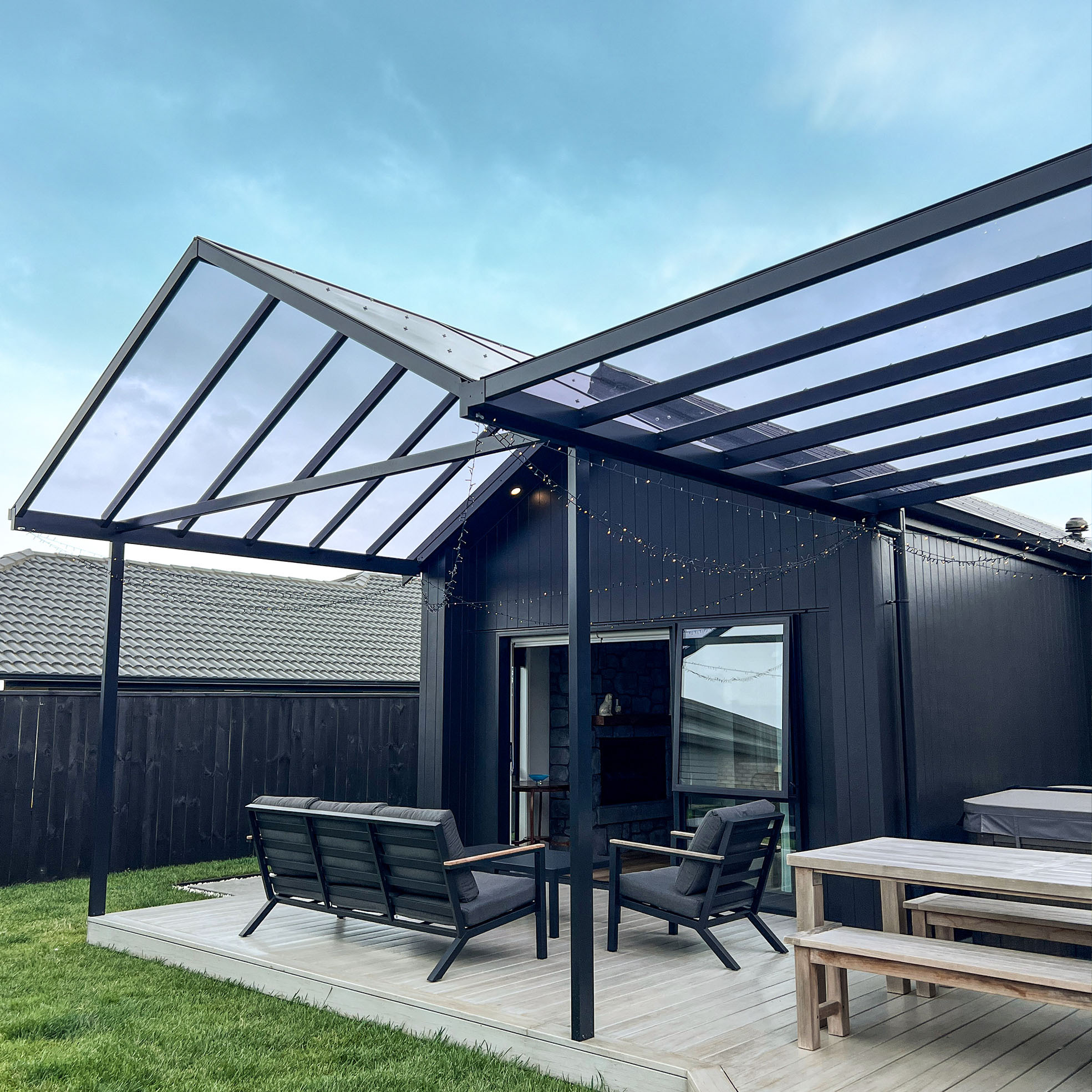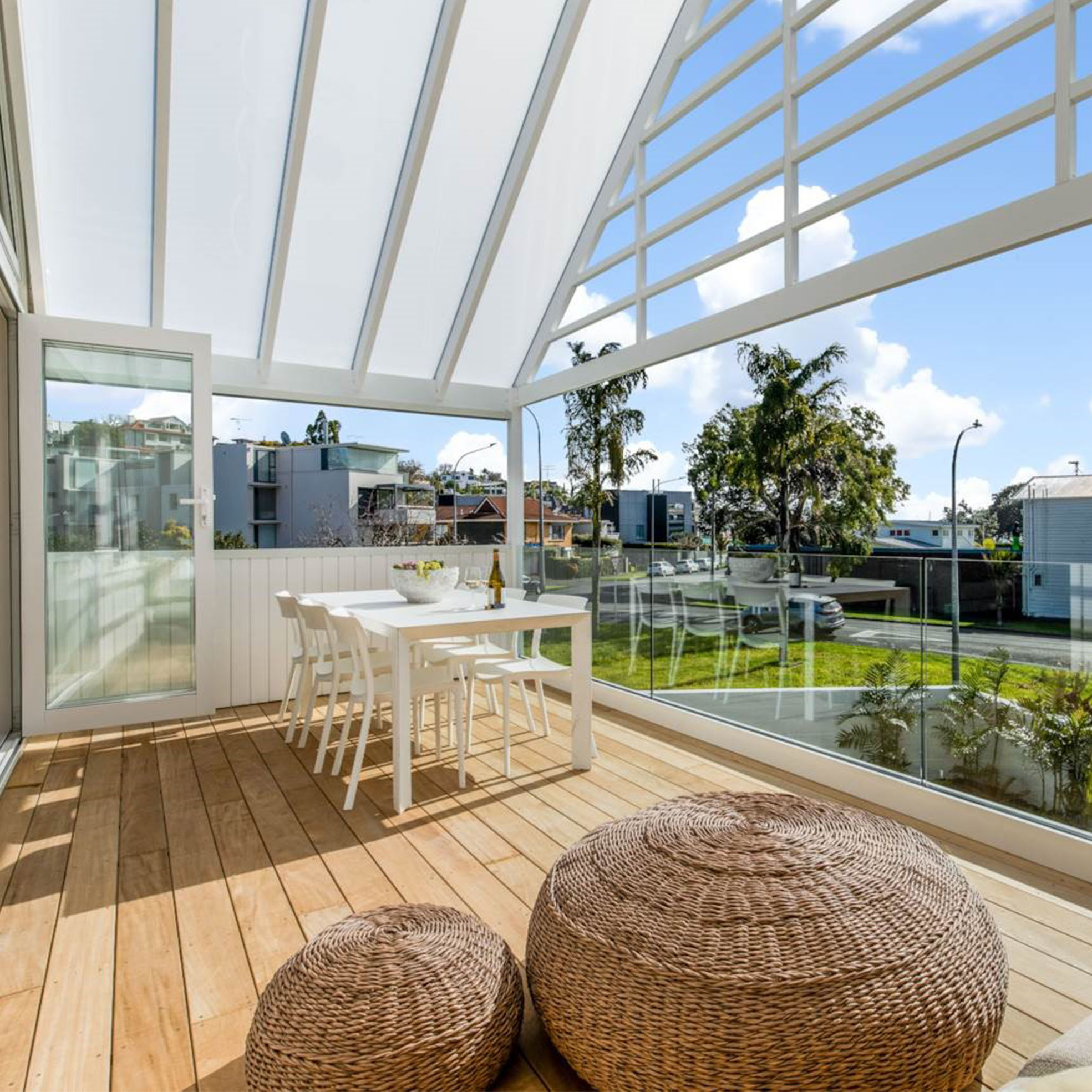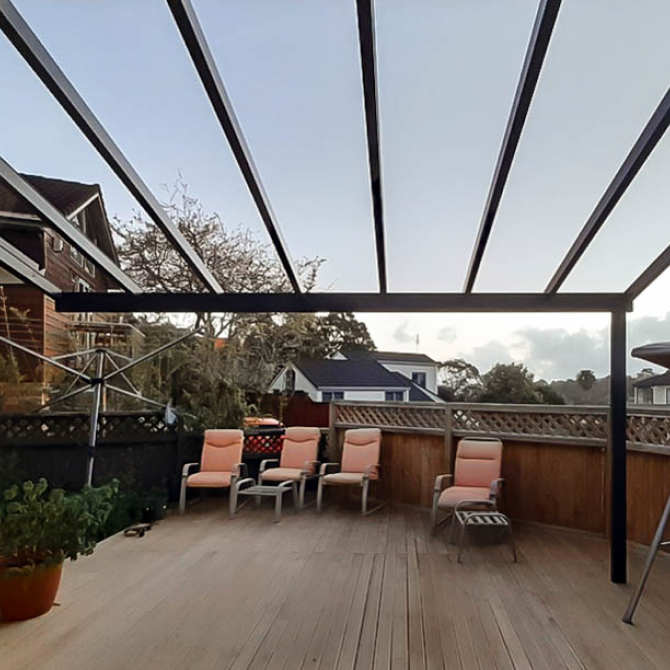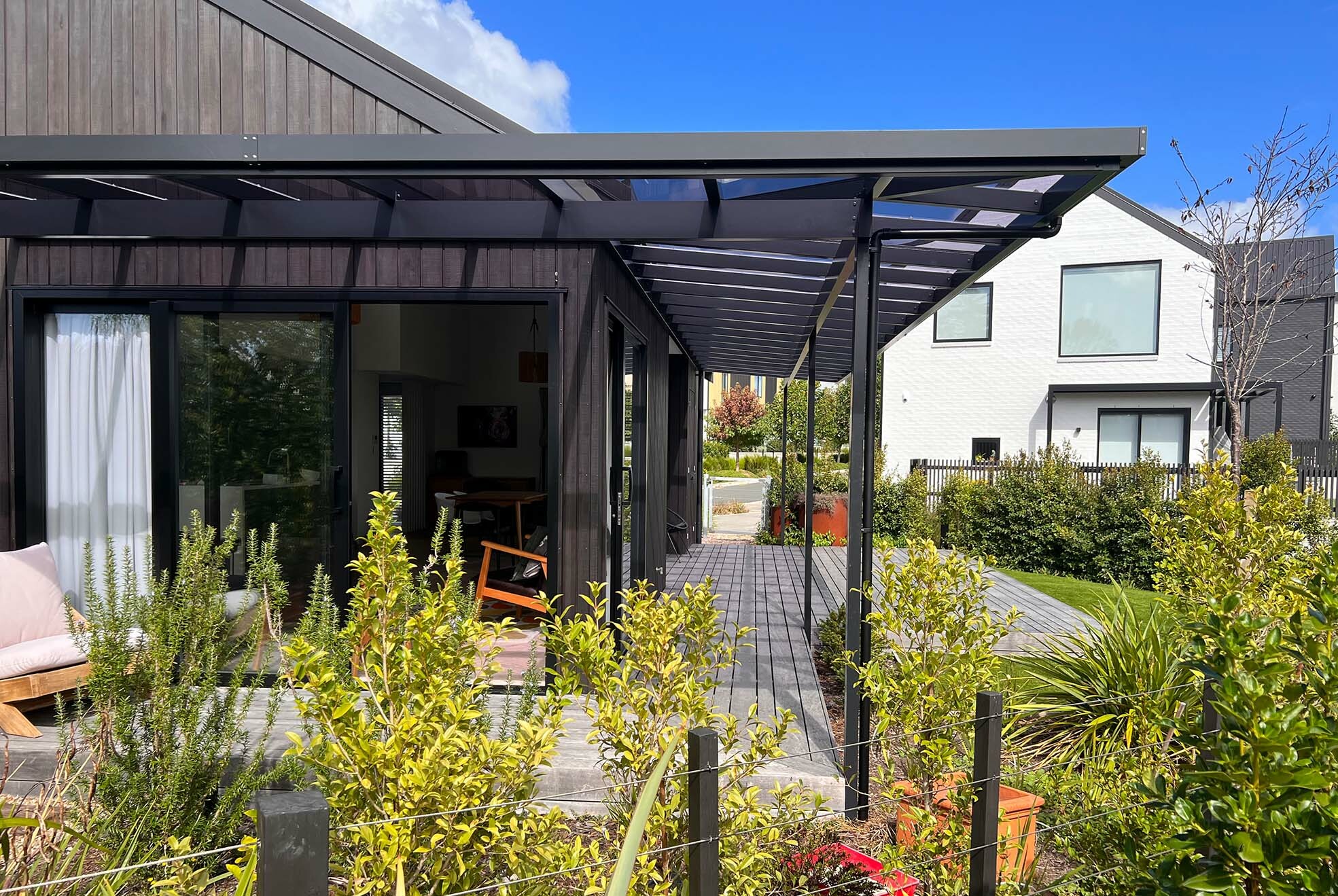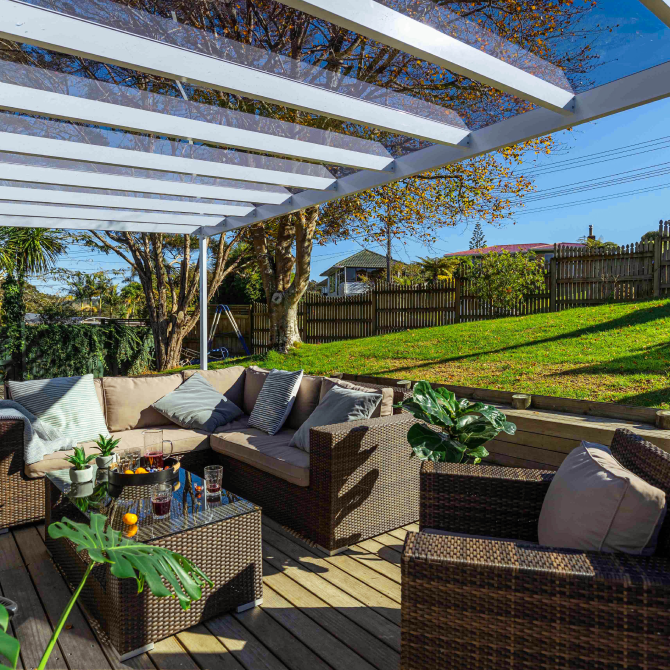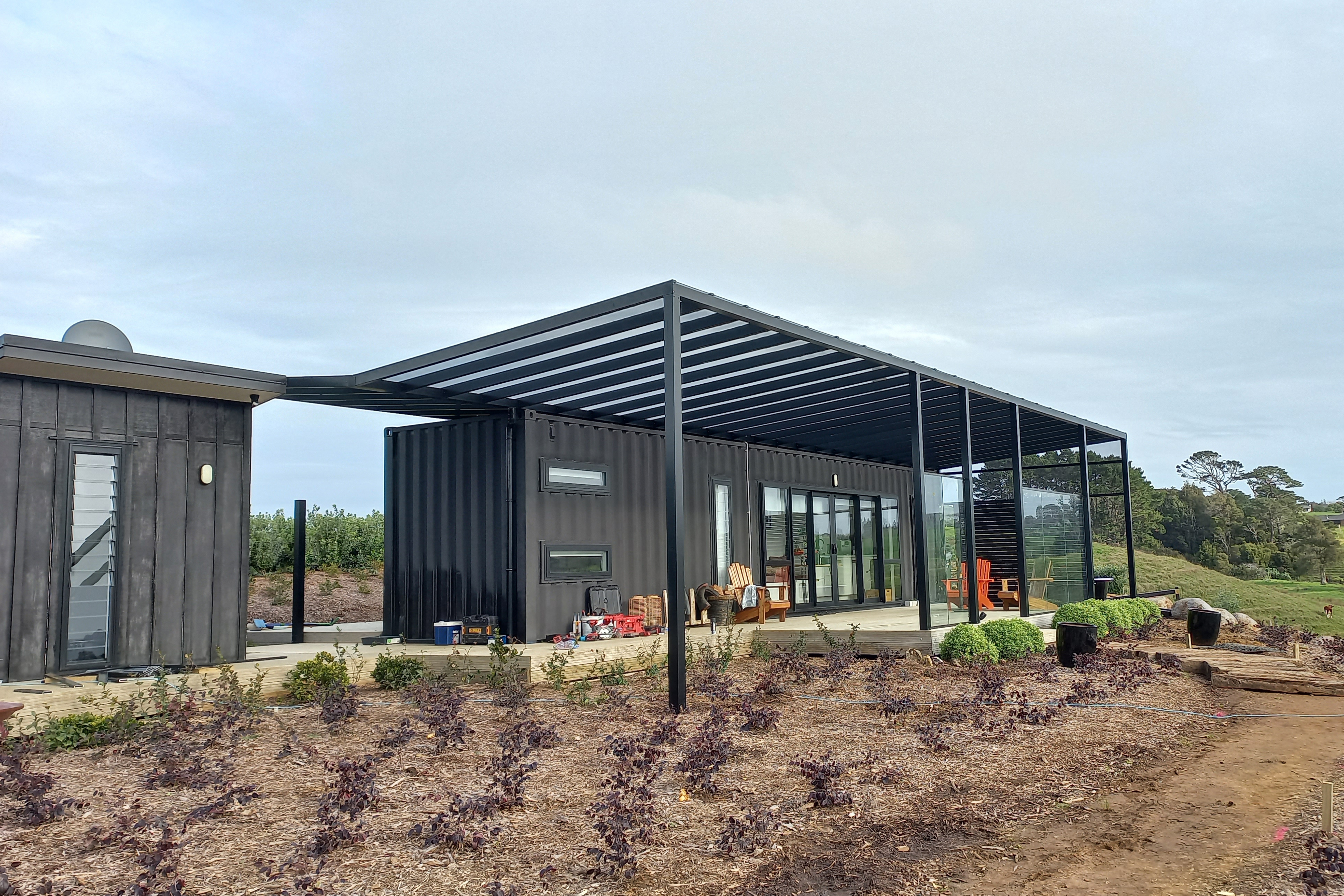The benefits of using a professional company for pergola installation

What is a Pergola and What is it Used For?
A pergola is an outdoor structure that is commonly used to enhance the aesthetic appeal and functionality of a backyard or outdoor space. It typically consists of four or more posts that support an open lattice or crossbeam roof, which can provide partial shade and shelter. Pergolas can be used for a variety of purposes, including:
Outdoor Entertaining: A pergola can provide an elegant and functional space for outdoor entertaining. It can be used to host barbecues, parties, or other gatherings, and can be furnished with outdoor seating and dining furniture.
Garden Features: A pergola can be used to enhance the aesthetic appeal of a garden or landscape. It can be used to support climbing plants, such as roses or ivy, and can be decorated with hanging baskets or lanterns.
Relaxation: A pergola can provide a tranquil space for relaxation and meditation. It can be furnished with comfortable seating or loungers and can be decorated with plants and other natural features.
Types of Pergolas
There are many different types of pergolas to choose from, each with its own unique features and benefits. Here are some of the most popular types of pergolas:
Freestanding Pergolas: Freestanding pergolas are not attached to any other structure and are typically used to create a focal point in a garden or landscape. They can be designed in a variety of shapes and sizes and can be made from a variety of materials, such as wood, vinyl, or metal.
Attached Pergolas: Attached pergolas are attached to an existing structure, such as a house or garage. They can provide additional outdoor living space and can be used to create a seamless transition between indoor and outdoor spaces.
Arbors: Arbors are a type of pergola that typically consists of two posts that support an archway. They are commonly used as an entryway to a garden or as a decorative feature.
Gazebo-Style Pergolas: Gazebo-style pergolas are similar to freestanding pergolas but have a fully enclosed roof. They can provide additional shelter and can be used for outdoor entertaining or relaxation.
Retractable Pergolas: Retractable pergolas are a type of pergola that can be opened and closed to provide partial shade and shelter as needed. They can be operated manually or with a motorized system.
Choosing the Right Material for Your Pergola
When choosing a material for your pergola, there are several factors to consider, including durability, maintenance requirements, and aesthetic appeal. Here are some of the most popular materials for pergolas:
Wood: Wood is a popular choice for pergolas due to its natural beauty and versatility. Cedar and redwood are popular choices due to their durability and resistance to decay and insects. However, wood requires regular maintenance, such as staining or painting, to prevent weathering and rot.
Vinyl: Vinyl is a low-maintenance alternative to wood that is resistant to rot and insects. It can be designed to look like wood and comes in a variety of colors and styles.
Metal: Metal, such as aluminum or steel, is a durable and low-maintenance material that is resistant to weathering and insects. It can be designed in a variety of styles and can be painted to match the aesthetic of your outdoor space.
Fiberglass: Fiberglass is a lightweight and durable material that is resistant to weathering and insects. It can be designed to look like wood or metal and comes in a variety of colors and styles.
Choosing the Right Material for Your Pergola
When it comes to choosing the right material for your pergola, there are several options to consider. Here are some of the most popular materials and their benefits:
Wood: Wood is a popular material for pergolas because of its natural beauty and versatility. It can be stained or painted to match the style of your home and can be cut to any shape or size. However, wood requires regular maintenance to prevent rot and decay.
Vinyl: Vinyl is a low-maintenance and durable material that can be a good choice for pergolas. It is resistant to rot, insects, and weathering, and can be easily cleaned with soap and water. However, it may not have the same natural look as wood or other materials.
Aluminum: Aluminum is a lightweight and durable material that is resistant to rust and corrosion. It can be powder-coated to match the style of your home and requires very little maintenance. However, it may not have the same natural look as wood or other materials.
Fiberglass: Fiberglass is a strong and durable material that can be a good choice for pergolas. It is resistant to weathering, insects, and rot, and can be painted or stained to match the style of your home. However, it may not have the same natural look as wood or other materials.
Each material has its own advantages and disadvantages, so it is important to consider your needs and preferences before making a decision.
Pergola Maintenance and Care Tips
Proper maintenance and care are important to keep your pergola looking beautiful and functioning well for years to come. Here are some tips for maintaining your pergola:
Clean it regularly: Regular cleaning can help prevent dirt, debris, and stains from building up on your pergola. Use a soft-bristled brush or a pressure washer to clean the surface and be sure to rinse thoroughly.
Inspect for damage: Regularly inspect your pergola for any signs of damage, such as cracks, rot, or insect infestations. Addressing these issues early can prevent further damage and prolong the life of your pergola.
Stain or paint as needed: Depending on the material of your pergola, you may need to stain or paint it periodically to prevent weathering and maintain its appearance. Be sure to use a product that is appropriate for your specific material.
Trim nearby vegetation: If your pergola is surrounded by trees or plants, be sure to trim them regularly to prevent them from growing into the structure or causing damage.
Remove snow and ice: If you live in an area that receives snow or ice, be sure to remove it promptly from your pergola. The weight of snow and ice can cause damage or collapse.
By following these maintenance and care tips, you can ensure that your pergola stays beautiful and functional for years to come.


